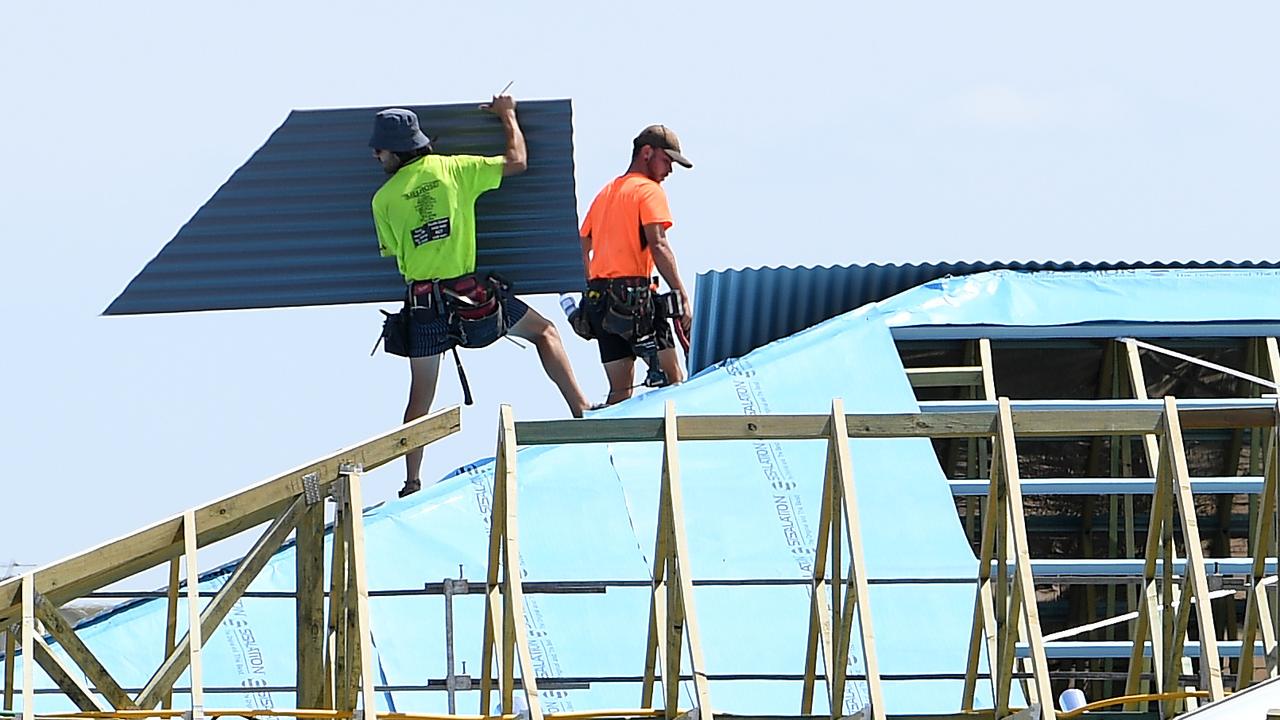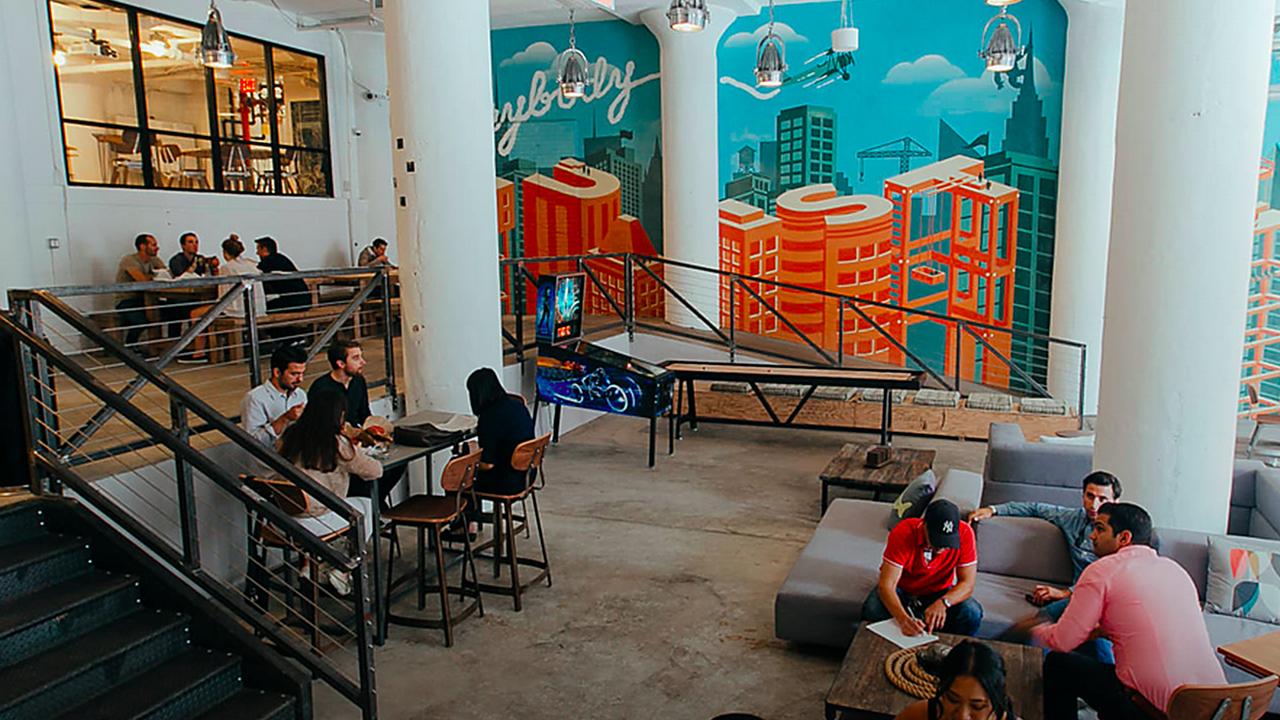Our cities harbour a lively patchwork of ghettos, enclaves
AT what point in a suburb's development does the presence of a demographic group stop being cultural diversity and start being an enclave?
AT what point in a suburb's development does the presence of a demographic group stop being cultural diversity and start being an enclave?
Even the term enclave is politically charged, as indeed is ghetto. But where would our cities be if every part was a bland reproduction of the average?
Upmarket Toorak and Vaucluse are as important to Melbourne's and Sydney's diversity as are the battler suburbs of Broadmeadows and Redfern.
Demographic, social and cultural diversity are the lifeblood of the modern, globally connected, cosmopolitan city.
For this reason Australians should embrace, and for the most part have embraced, the ethnic diversity of our largest cities.
Even so, Australia is hardly the sort of place where you would expect to find ethnic enclaves. Or is it? Consider some evidence from the 2006 census.
The largest group of any non-Australian-born population in Australia is to be found in Sydney's southwestern suburb of Cabramatta.
Here, Vietnamese comprise 27 per cent of the population in postcode 2166.
That's because, when the Vietnamese arrived en masse just 25 years ago they were channelled through migrant hostels at Springvale in Melbourne and Villawood in Sydney. On moving into the general community they gravitated to nearby Cabramatta and to Springvale, where they are 21 per cent of the population in the local postcode district.
The point being that within a quarter of a century it is possible for an ethnic group to establish dominance of an area. This is no different to concentrations that were associated with Greeks and Italians in the 1950s and 1960s in places like Melbourne's Carlton and Sydney's Leichhardt, but within a generation these ethnic clusters had dispersed.
All this makes perfect sense from an immigrant's point of view. Clustering enables non-English-speaking migrants to connect with family members, to speak with others who share the same language, to buy food from dedicated shops, and to attend the same church, mosque or synagogue. Indeed, could it be said that London's Earl's Court is an Australian enclave?
Clustering is part defence, part survival mechanism, but within a generation the need for connection along ethnic lines dissipates. Or, more likely, as one migrant group moves out another moves in.
This was the story of Manhattan's Lower East Side in the early 20th century, and the story of the inner suburbs of Melbourne and Sydney over the past 60 years.
One of the tightest ethnic concentrations in Australia is a collection of comfortable beachside suburbs on Perth's northside. In postcode 6028, Burns Beach, some 26 per cent of the local population was born outside Australia -- in Britain. That's right, Bolshie Burns Beach is as full of British migrants as Cabramatta is of Vietnamese.
However, I suspect that the Burns Beach Brits don't huddle together for survival. It is more likely the possibility of a Neighbours lifestyle has created this unique enclave. I wonder if the fashionable cafes of Burns Beach are more apt to serve English tea, as opposed to continental coffee.
Chinese have lived in enclaves -- perhaps even ghettos -- in Australia since they first arrived as gold miners. From the time of Federation, most of our large cities contained Chinatowns on the edge of the CBD. Today, Australia's Chinese communities prefer suburbia: 26 per cent of the population in Sydney's Hurstville was born in China.
Other nationalities are less likely to cluster. Indians love Sydney's Harris Park, where they comprise 17 per cent of the population, whereas New Zealanders prefer the warmth of Coomera north of the Gold Coast, where they constitute 10 per cent.
And here's the odd thing. There are half a million Kiwis in Australia, but in no place do they form any more than 10 per cent of the population. Kiwis fit seamlessly into the Australian urban fabric. Why, you could be living next door to a New Zealander right now and you wouldn't even know it.
Demographic concentrations are not limited to ethnic groups. Did you know that 56 per cent of the population of the suburb of Greenvale near Melbourne airport is Catholic? Greenvale's Catholics are most likely second-generation Italians who have moved to the city's edge to build aspirational McMansions.
The Islamic faith is less clustered. In Sydney's Auburn just 41 per cent are Muslim and in nearby Lakemba the proportion is 40 per cent. In Meadow Heights, directly opposite the Greenvale Catholics, 34 per cent follow the Islamic faith.
If there is a front between the Christian and Islamic faiths in Australia, it is technically most explicit in the rolling fields that separate Meadow Heights from Greenvale.
But why stop with faith and ethnicity? What about generational ghettos. Some 28 per cent of the population in Perth's Bull Creek, near the airport, was born between 1946 and 1961 and as such are baby boomers. Perth has created a baby boomer ghetto and probably doesn't even know it.
But here's the thing about enclaves, ghettos and urban concentrations in Australian cities: for the most part they are unremarkable, rather like the bland baby boomers of Bull Creek and the invisible Kiwis of Coomera. And for those that are more prominent, such as Chinese, Indians and Muslims, none are statistically more significant than existing ghettos of Brits and Catholics. And does not this demographic diversity make our largest cities all the more interesting?
Bernard Salt is a KPMG partner
www.twitter.com/bernardsalt


